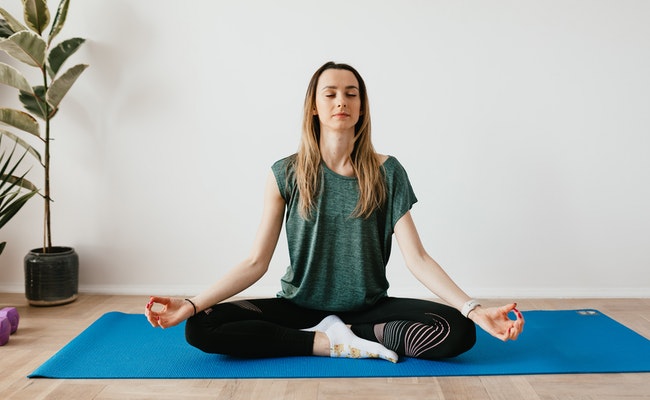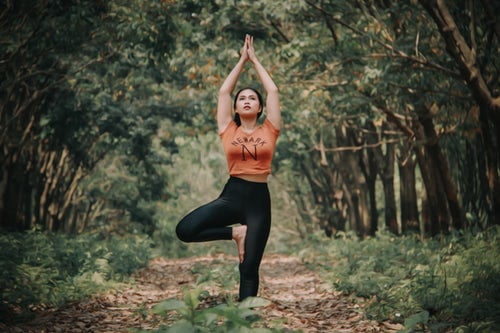A relaxation method based on a series of body postures and meditations, yoga has become a popular sporting activity. Yoga exercises stretch the muscles but also relax the body and mind. In addition to providing a better mental and physical lifestyle, yoga helps fight stress and sleep disorders. So, in this article see below some morning yoga for stress and energy boost.
Table of Contents
1. Pranayama:
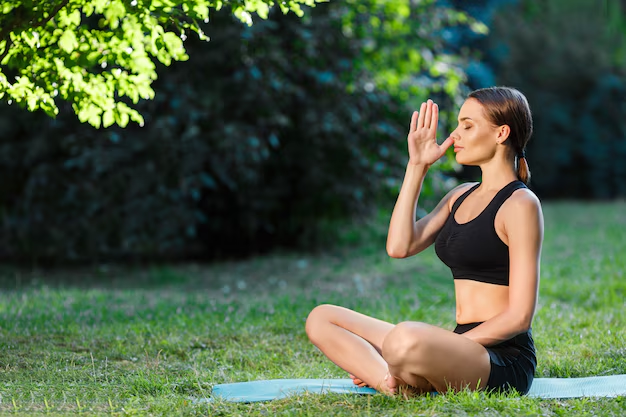
This breath control technique has many benefits for the body. When we are stressed, our breathing is short and jerky. Conversely, when we are relaxed, our breathing is naturally calm and deep. It is in this sense that yogis believe that becoming aware of one’s breathing naturally leads to controlling one’s emotions, and thoughts and promotes relaxation.
Steps:
- Position yourself in a sitting posture.
- With your hand stretched upwards, place your thumb to block the left nostril.
- Inhale completely through the right nostril.
- Exhale. At the end of the exhalation, block the right nostril and repeat the exercise by breathing through the left nostril.
- It is generally recommended to start with 5 cycles.
- This is one of the best morning yoga for stress and energy boost.
2. Balasana or Child’s Pose:
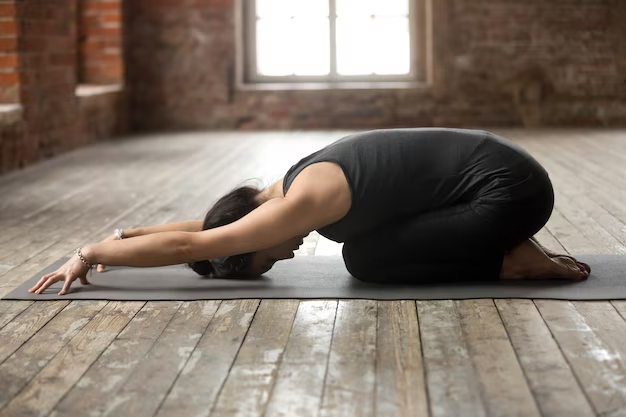
Balasana is practiced at the beginning of yoga sessions to stretch the body, particularly the spine and lower back. Very comfortable, and it is accessible to everyone.
Steps:
- Kneel on your mat.
- Then place your forehead on the mat while stretching your arms on the floor.
- Close your eyes and become aware of your breathing.
- Feel the different pressure points of the body on the mat.
- Hold the posture for 2 minutes.
- This position allows you to withdraw into yourself and reconnect with your identity.
- This is one of the best morning yoga for stress and energy boost.
3. Bhujangâsana or The Cobra Pose:
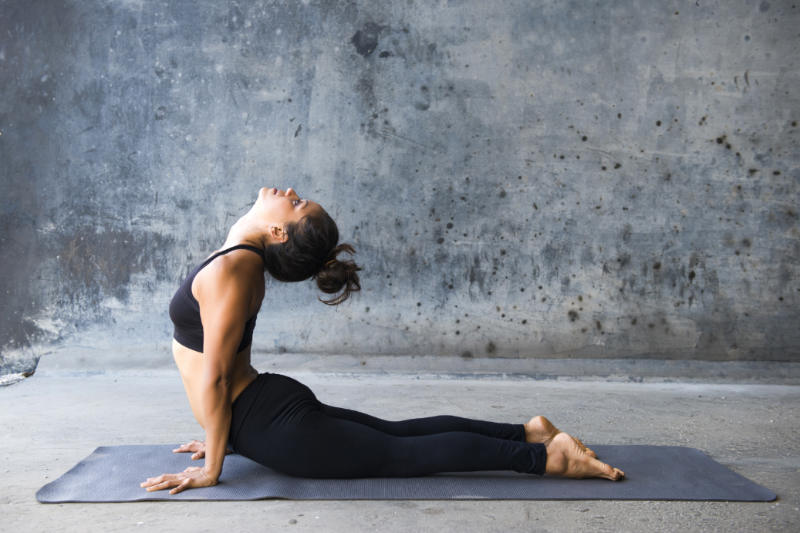
Bhujangâsana is one of the first postures to acquire when you start practicing yoga. It is one of the postures of the sun salutation ritual. It allows you to energize the body’s vital energy (or Kundalini) but also to strengthen many muscles.
Steps:
- Start the posture by lying on your stomach on the mat.
- Spread your hands on the floor at shoulder level then stick your elbows close to your body.
- When inhaling, start to raise your bust.
- Height is not the goal, you must first feel the extension of the spine and the opening of the chest.
- Hold the position then return to the initial position.
- Repeat the posture 3 times.
- This is one of the best morning yoga for stress and energy boost.
4. Adho-mukha-svanâsana or The Downward Dog Pose:
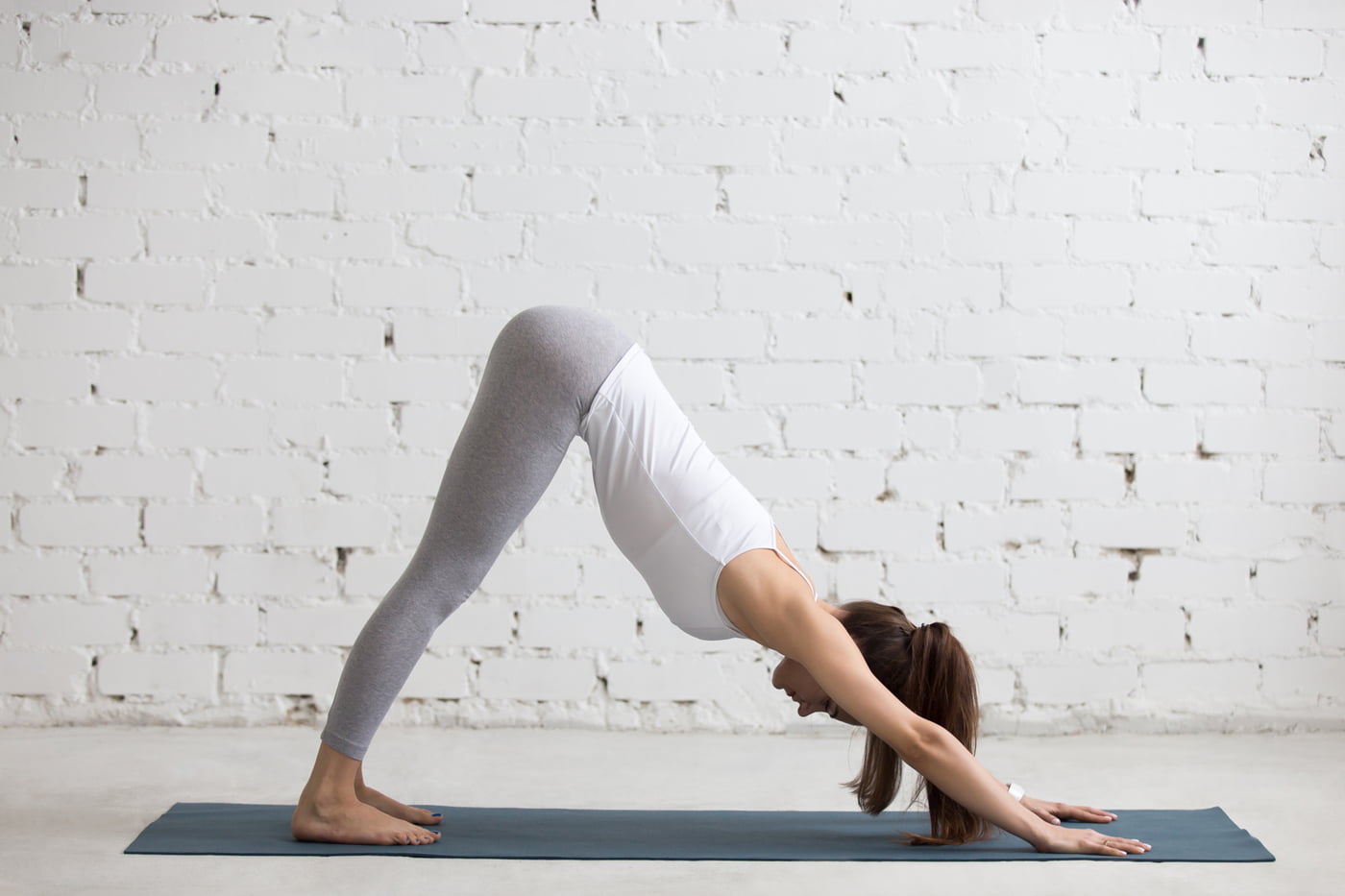
Adho-mukha-svanâsana is a great yoga classic. This is one of the best morning yoga for stress and energy boost.
Steps:
- Start the posture on all fours on the mat with the Table pose.
- Place your hands under your shoulders and your knees under your hips.
- Make sure your fingers are well spread and your feet are parallel.
- Breathe calmly with your stomach.
- When you exhale, bend your heels then raise your body by raising your knees and pressing your hands.
- Raise your buttocks as much as possible.
- Make sure your back is straight then stabilize the position.
- Hold the posture. For more difficulty, you can try to put your heels on the ground.
- Hold the position for 1 to 3 minutes then release.
5. Natarajâsana or Dancer’s Posture:
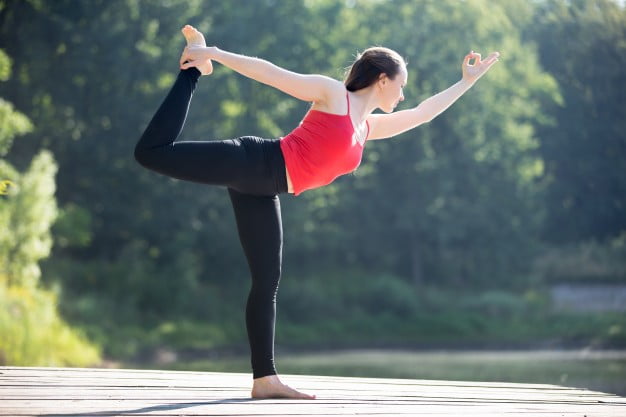
Apart from eliminating mental stress, anxiety and fatigue, this asana is considered helpful in the treatment of many health problems. This is one of the best morning yoga for stress and energy boost.
Steps:
- To do Natarajâsana start with the mountain posture.
- It consists of shifting all your weight onto your right foot.
- Then bend your left knee towards your left buttock.
- For ease, hold your head between your hands to be more stable and maintain balance.
- Then raise your left leg and then use your elbow to place your foot on it.
- Stretch your body well and hold the position for 20 to 30 seconds.
- Release the posture and repeat on the other side.
- For beginners, using a strap can help you take the pose even more easily.
- In this case, put a strap around your foot and grab the strap rather than the foot.
6. Sukhasana:
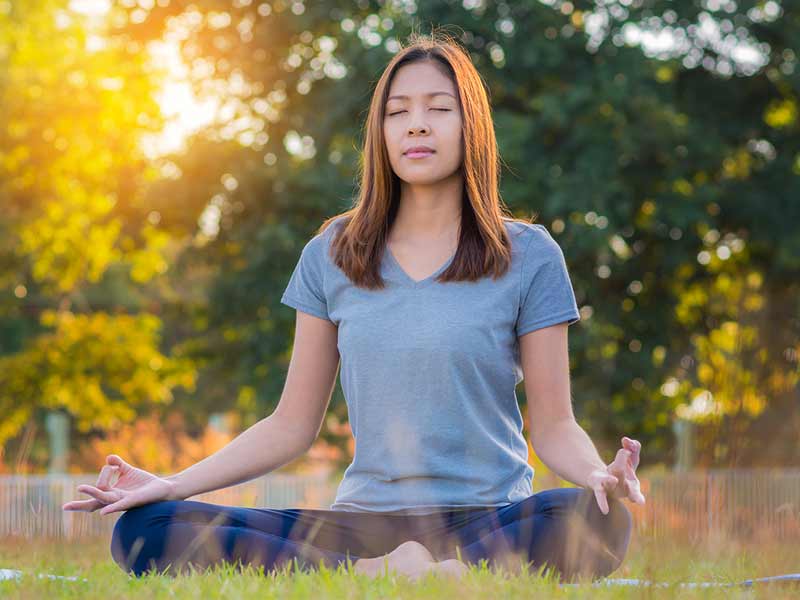
To reduce stress, you can practice Sukhasana regularly. This can be very beneficial for your health. For this, practice Sukhasana for about 10 minutes daily. It can calm your mind, which helps in reducing stress. It is also effective in concentrating. Regularly practicing Sukhasana can also improve blood circulation in the body. This helps in keeping the overall body healthy.
Steps:
- To sit in Sukhasana Mudra, cross your legs one by one and bend them inwards from the knees.
- The knees should be facing outwards. Overall, sit cross-legged. During this, try to touch the ground with your knees. At this time, your calves will also be crossed and below the thighs.
- If you want, you can now keep your palms in your lap or on your knees.
- Change the cross of the legs every day while eating food sitting on the floor. Even when you are sitting at the dining table.
7. Paschimottanasana:
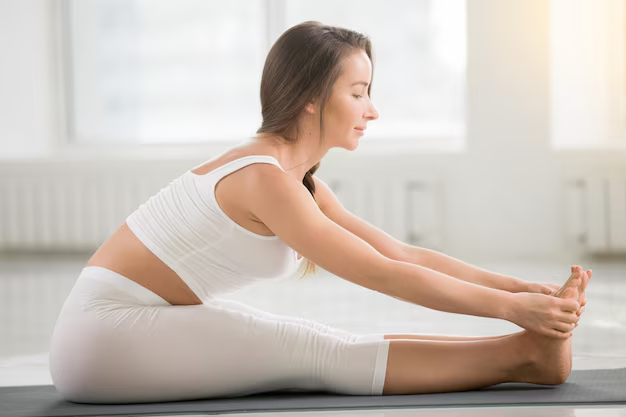
Paschimottanasana is considered beneficial for reducing the level of stress. Its regular practice improves both mental and physical conditions. It can help in getting good sleep by relieving stress. Doing this cures mental diseases. It stretches the neck, back, and spine.
Steps:
- Sit on a flat surface with your legs extended and press your thighs into the floor. This helps relax your hamstrings by contracting your quadriceps and initiating reciprocal inhibition.
- Place your feet flat on the floor. Point your ankles away from you and bend your feet.
- Breathe in and extend your arms straight up toward the ceiling. Stretch your spine as far up as you can. If you feel too much strain on the back of your knees while doing this, lift your chest a little. This will reduce the intensity.
- Breathe out and bend forward to touch your toes.
- Stay in this pose for 1 to 3 minutes. Release your legs to come out, but do so as slowly as you went to sit back down.
FAQ:
Q. What is the role of yoga in stress management?
A. Yoga can reduce depressive symptoms by reducing stress. Studies have shown that yoga can reduce inflammation, maintain autonomic balance, and also play a role in maintaining neurotransmitters.
Q. What is a key component of stress management?
A. Create a regular self-care routine that works for you. Connect with others: A strong social support network made up of friends and family members helps prevent stress. Here are some tips for staying connected.

